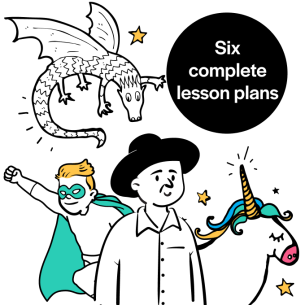In this probability KS3 lesson plan by Colin Foster, students will carry out an experiment to estimate the probability that when they throw three ordinary dice, they will show consecutive numbers.
Students will explore how their estimates change as they include more and more throws. This leads to an appreciation of the law of large numbers.
Probability KS3 starter activity
Q. What does it mean if a die is biased?
Students may not be familiar with the word “biased”, which means unfair. A biased die is more likely to land on some faces than on others.
For example, the die might not be a perfect cube. Some faces or edges might be worn down different amounts.
Someone may have deliberately buried a piece of metal inside it at some position away from the centre. This would weight it in one direction. More simply, there might be two faces marked with a 5, say.
All dice are at least a little bit biased, since a truly unbiased die is an ideal never perfectly attained in real life. In fact, even if the die were perfect, you still might throw it in such a way as to bias the outcome (some people claim to be able to make “controlled throws”).
Q. How would you decide whether a die is biased or not?
Can you tell a biased die if you throw it just once? What if it’s very biased? What if you throw it twice? How many times would you need to throw it?
You might suspect that a die is biased just by looking at it, or by rolling it in the palm of your hand, but unless it’s really obvious you would need to throw it.
No matter how great the bias, throwing a die just once tells you very little, because whichever number you obtain could have a large or a small probability.
Students will realise that they could need to throw the die many times in order to detect a bias. The law of large numbers says that the average of the outcomes from a number of throws of the die will settle down to a particular value as you throw it more times.
You can get as close to this value as you like if you make enough throws. How many throws you need depends on how precise you want to be about the value.
Colin Foster (@colinfoster77) is a Reader in Mathematics Education in the Department of Mathematics Education at Loughborough University and has written numerous books and articles for mathematics teachers; for more information, visit foster77.co.uk. Browse more KS3 maths games and lesson ideas.















